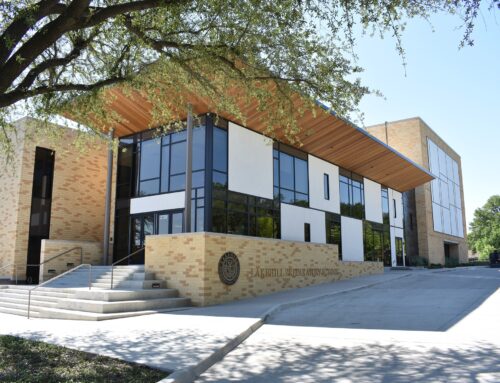When Chad Woolery became DISD superintendent in 1993, even those of us who believe passionately in public education had our doubts. The board of trustees was a politicized mess, former superintendent Marvin E. Edwards had fled in panic, a federal judge appeared to be running the system, and the students were picketing the administration building to protest teacher cuts.
Today, test scores are up, the board of trustees seem to be getting along well enough so that its spats don’t get in the way of educating students, federal desegregation oversight looks to be coming to an end, and Woolery has apparently tamed the bureaucracy that terrified his predecessors.
But hardly anyone has noticed.
If there has been one constant in Woolery’s tenure, it has been perceptions that don’t necessarily match the facts. Talk to almost any Dallas parent about the DISD, and the first thing they’ll tell you is that the schools are an abyss of everything from gangs and drugs to incompetent and unqualified teachers to students running wild in the classrooms.
Yet the biggest DISD news in the past year came when an undercover camera crew from Channel 8 – in search of just those sorts of goings-on – was caught trying to sneak into a DISD high school.
This is not to say that everything is peachy-keen in the DISD, and that its schools have suddenly become tax-supported versions of Hockaday and Greenhill. Those metal detectors at Woodrow should make everyone think.
But we have metal detectors at airports, too, and no one is ready to write off air travel. That is the just one of the contradictions that stares Woolery, DISD board president Sandy Kress and their colleagues in the face every morning.
Too many parents seem to have an opinion about public education based on little more than their experience 20 years previously and what they see on TV.
In fact, the DISD was never as “bad” as it was supposed to be. The state, for instance, never tried to take over the schools, as has happened in Chicago and several New Jersey cities.
The DISD was a typical Southern school system whose goal was to graduate its students from high school. “Good,” in this case, was a relative term. It did its job, and there was little pressure from parents to do much more than that.
What happened 25 years ago is that our perception of “good” changed. We wanted our kids to go to college and to be lawyers and bankers. Yet we had a school system that had never been equipped to do that. Throw in the residue of desegregation, and we had a “crisis.”
In one respect, this change in attitude isn’t surprising. Americans have always been a little goofy about public education, whether it was in a one-room schoolhouse 150 years ago or at a modern, big-city high school.
We’re 100 percent for increased discipline, yet it’s hard for us to believe that the teacher isn’t to blame when one of our kids get in trouble.
We’re 100 percent for state-of-the-art buildings and equipment, until we’re asked to support increased taxes to pay for them.
We’re 100 percent for tougher educational standards, but we’re the first people to pull the kids out of a school for a couple of days for a mid-semester ski trip.
And Texans are even goofier. This is, after all, the state where former Gov. Mark White was defeated because he increased spending on education. Yet that is not what anyone remembers from White’s school reforms. We’re still arguing – a decade later – about no pass/no play.
That, perhaps, is the most telling point in the DISD’s battle against perception. How can you solve the real problems facing the DISD when too many people are spending time, money and energy fighting perceived problems like no pass/no play – or problems that don’t even exist?




